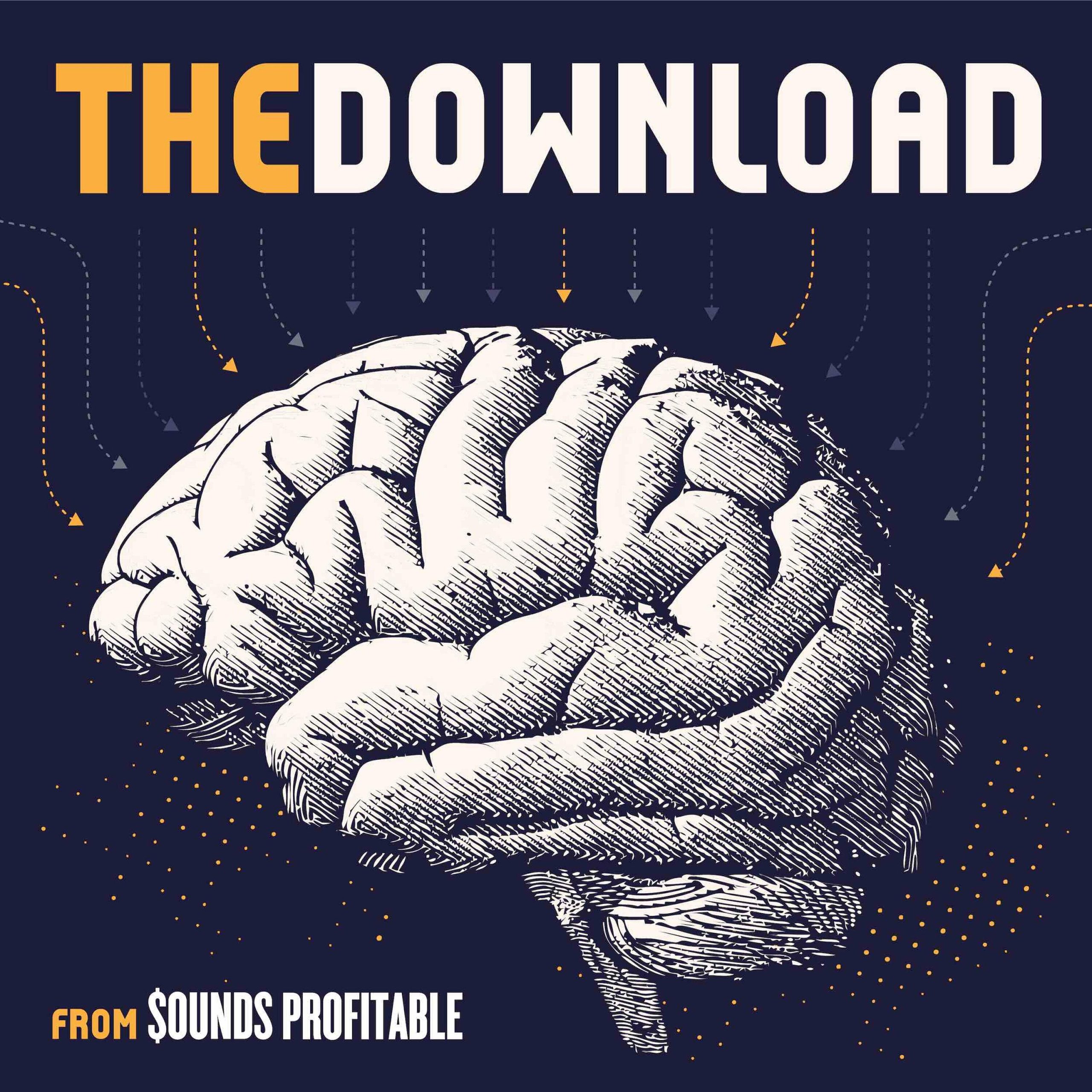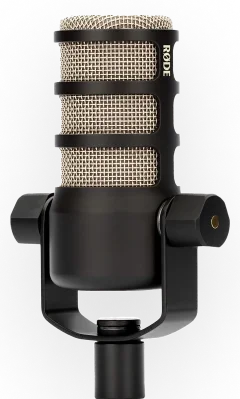This week: Analyst predicts programmatic will get podcasting to six billion in ad spend, the new iOS update takes care of AppleCoreMedia, Apple announces virtual neighborhood for Latine Heritage Month, brand-lift studies are catching up with the times, and kids content is booming for Paramount+.
Programmatic advertising could make podcasting a $6 billion industry by 2026
Manuela: In last Friday’s Hot Pod Insider, Ariel Shapiro covers B. Riley analyst Daniel Day’s newest publication about the industry. His most attention-grabbing prediction, as the headline spoils, expects podcast ad spending to be up to six billion dollars within four years.
It’ll be an uphill battle to get there. Shapiro points out the potential downsides of programmatic without the right data and infrastructure by recalling the infamous Wild Turkey incident. Back in May Spotify accidentally ran an ad for budget whiskey on every podcast on the app simultaneously, leading to a social media firestorm as users posted screenshots of the most inappropriate examples of podcasts to pair with Wild Turkey. Day is of the opinion more detailed location data will be a game-changer that avoids such issues in future.
“Small and mid-sized businesses really have almost entirely sat out podcast advertising to date,” Day told Hot Pod. “These advances in geo-targeting and programmatic allow mom and pops and local, regional businesses to access this medium in a way that they couldn’t before, absent reaching out to like some local sports or news podcast. Now, they can target audiences listening to some big national podcast.”
Day points to iHeartMedia putting significant investments into podcasting, as well as podcasting making up a larger portion of the company’s revenue each year, as examples of the growth he projects in action.
iOS 16: What’s new for Apple Podcasts
Shreya: Last Wednesday Apple published an update blog detailing some of the new features coming with their iOS 16 update.
The update comes with some creature comforts for the user, such as more prominent placement of the sleep timer button and better Apple Watch integration for podcasts. There’s also a bit of housekeeping noted, in case you missed the multiple emails over the past few weeks:
“Show and provider titles will continue to be displayed alongside show artwork on the Library and Search tabs, so make sure your show’s metadata is up to date and that your artwork includes your show’s title for the best experience.”
The most important feature of this update for the business side of podcasting isn’t mentioned in the update blog, though. This update brings the change to AppleCoreMedia user agent that’ll shift how we view Apple’s footprint in podcasting. As covered in our June 10th episode, this will lead to far less confusion as to what traffic is actually coming from Apple Podcasts. Those who didn’t report ACM will no longer underestimate traffic from Apple, and those who labeled all traffic from ACM as Apple will get a more balanced look at just how much traffic is coming out of Apple.
For those that are code-savvy, we’ll include a link in the show notes to the official Apple developer page for the updated user agent key.
Apple Podcast launches “El Vecindario” collections.
Manuela: On the subject of Apple: This Monday an email sent by Apple announced their plans for Latine Heritage Month, which runs from today through October 15th.
“Later this month, Apple will showcase the abundance of Latine created content across genres, formats, and languages – and spotlight many great creators. Apple Podcasts has created a special destination, titled El Vecindario, that honors the spaces where Latine communities come together and conversations originate.”
El Vecindario, the neighborhood in Spanish, will showcase Latine-created content covering multiple genres, formats, and languages.
Influencer marketing brand-lift studies are improving
Shreya: Last Friday Marketing Brew’s Phoebe Bain used the release of the Association of National Advertisers’ organic measurement guidelines for influencers as an excuse to discuss how brand-lift studies have matured.
“Out of more than 1,000 Marketing Brew readers surveyed last month, about one-third said they think measurement for influencer marketing has “evolved significantly” over the past two years.”
A useful tool to track that rapid evolution is the brand-lift study. Bain spends a good portion of the article explaining the basics: two groups are asked questions about something, with only one having experience with that thing. Any differing answers or familiarity expressed by the second group is quantified as – you guessed it – brand lift.
Old-school brand-lift studies would ask simple questions regarding information retention, or whether the audience wanted to buy the product in an ad. Modernized studies take into account the changing media landscape, especially with the popularity of influencers.VP of marketing at creator management platform Grin Ali Fazal explains to Marketing Brew:
“With an influencer marketing brand-lift study, questions go a level deeper. Those questions might focus more on brand affinity, or how consumers feel. For example, “is the brand cool? Is it viral? Is it modern?” These questions focus less on what consumers remember, and more on a brand’s overall or social appeal. In an influencer marketing brand-lift study, he said, the questions focus on the full picture rather than just the ad itself. “This measures the true depth of impact that creator marketing has,” he said.
Why should the business side of podcasting care? Podcasting is influencer marketing. In a world of pixel-based brand attribution and walled garden ad solutions, people are finding their options are missing the mark for influencer and podcaster alike. Brand lift studies by companies like Edison Research, Signal Hill Insights, Veritonic, or Nielsen can help fill that gap.
How kids shows are boosting Paramount+
Manuela: Last Thursday Kelsey Sutton published a look at how kids’ content is performing well at Paramount+. While Paramount+ is separate from Paramount’s podcasting ventures, The Download has been covering the boom in kid-friendly podcasting since our March 18th episode. Paramount’s experiences reaffirm that family and kid-oriented content drive engagement.
“When it comes to streaming, parents will go without eating before disconnecting something that entertains their kids,” Brian Robbins, president and CEO of Paramount Pictures and Nickelodeon, said Tuesday at the Bank of America Securities 2022 Media, Communications, and Entertainment Conference. “Kids content is an amazing, amazing retention tool for us.”
The streaming platform has done well for itself since the CBS All-Access rebrand. Currently Paramount+ reports 3 million paid subscribers.
“Kids’ programming on streaming can also help fill the audience void as linear viewing continues to drop off. “If you take our linear share and the audience for kids that we’ve picked up on Paramount+, we actually have more audience and share of kids 2–11 than we’ve had in years when you combine them both,” Robbins said.?
As reported back in March, studies show the Kids & Family categories have grown 20% since last year and there’s reason to believe poor categorization of content is causing a lower number than the industry is actually experiencing. Kids content is doing quite well, as any parent will tell you.
Quick Hits: Recommended Weekend Reading
Shreya: Finally, it’s time for our semi-regular roundup of articles we’re calling Quick Hits. These are articles that didn’t quite make the cut for today’s episode, but are still worth including in your weekend reading. This week:
Class Photos by Skye Pillsbury, for The Squeeze.
Pillsbury holds a mirror up to diversity on the business side of podcasting by compiling yearbook-style collages of the big podcasting company’s leaders and known executives with deal-making power. A must-read.
Introducing The Mullet Career Strategy™ — Creativity & Business by Steve Pratt.
Pacific Content co-founder Steve Pratt announces his upcoming venture titled The Creativity Business, a strategy firm aimed at helping creatives learn better business and businesses learn better creativity.
17 Stats That Reveal the Power of Podcast Advertising and Host-Read Ads by Connie Chen.
In addition to quoting our After These Messages study, senior manager of content management at Gumball Connie Chen brings a bundle of research to back up the efficacy of host-read ads.


 "
"



